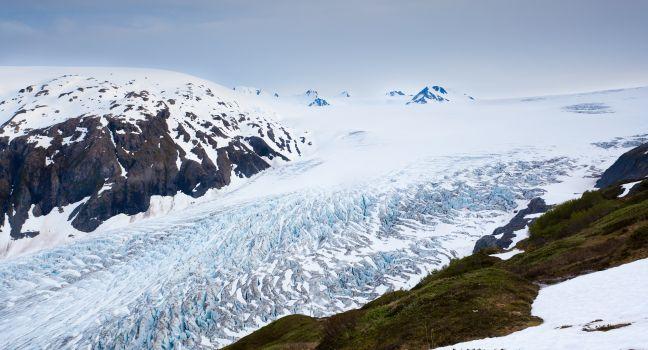The refuge's nearly 2 million acres include a portion of the Harding Icefield as well as two large and scenic lakes, Skilak and Tustumena. This is the area's premier moose habitat, and the waterways are great for canoeing and kayaking. The refuge maintains two visitor centers. The main center, in Soldotna, has wildlife dioramas, free films and information, and a bookstore and gift shop. There's also a seasonal "contact" center at Mile 58 of the Sterling Highway, open from mid-June to mid-August. Wildlife is plentiful even by Alaskan standards. Although caribou seldom appear near the road, Dall sheep and mountain goats live on the peaks near Cooper Landing, and black and brown bears, wolves, coyotes, lynx, beavers, and lots of birds reside here, along with many moose.
The refuge's canoe trail system runs through the Swan Lake and Swanson River areas. Covering more than 140 miles on 100 lakes and the Swanson River, this route escapes the notice of most visitors and residents. It's a shame because this series of lakes linked by overland portages offers fantastic access to the remote backcountry, well away from what passes for civilization in the subarctic. The fishing improves exponentially with distance from the road system.




